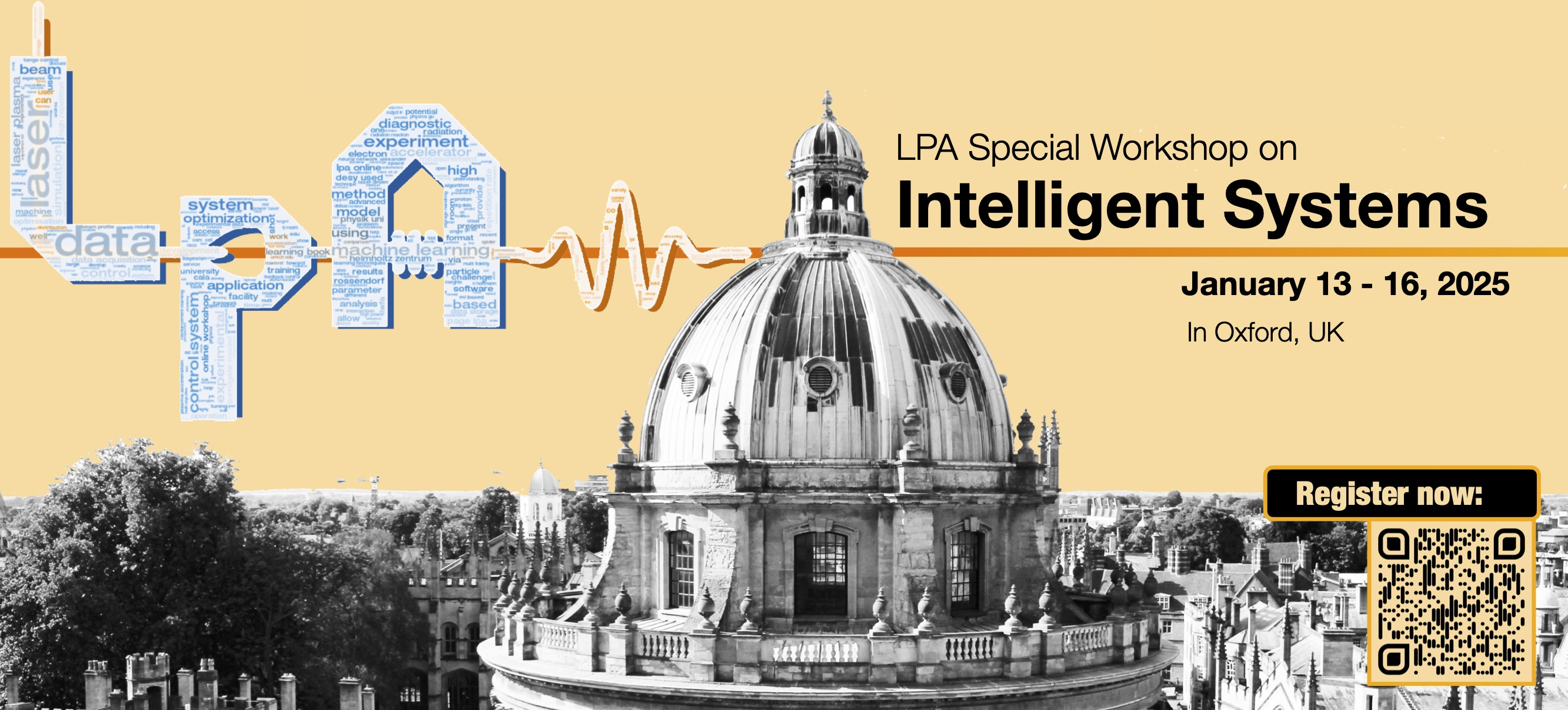Sprecher
Beschreibung
Laser-plasma interactions generate x-ray radiation via numerous mechanisms. The x-ray spectral distribution is typically broadband and can span from keV to tens or hundreds of MeV energies with minor changes to the interaction conditions. Characterising this emission in detail provides greater understanding to the underlying physics and paves the way to optimising these novel sources for secondary applications. To date the most prevalent method of characterising this emission is the use of absorption spectroscopy, wherein the x-ray radiation is passed through different metal filters to attenuate the spectra and then a sensitive medium to record any energy deposited. We can model the response matrix, $\Gamma$, using established cross-sections of interaction or Monte-Carlo simulations to understand how single photons contribute energy to the individual detectors leaving us with a system of linear equations of the form: $$\Gamma x = B$$ Where $x$ and $B$ are column vectors of the incident spectra and measurements respectively. Numerically inverting this, in the case where $\Gamma$ is non-square is challenging, instead solutions to this are found by assuming a spectral distribution for $x$ and performing a least-squares optimisation of a critical variable for $x$.
In this work, we present an alternative machine learning-based approach, specifically a deep learning-based method, to perform spectral deconvolution without a-priori information about the spectral distribution. The proposed approach is non-parametric, unconstrained, and, to the best of our knowledge, is the first such approach, differing from existing literature where a priori information, such as spectral shapes or their parameter-space distributions, is required. Our results show that the proposed model is suitable for deployment at the edge to handle real-time processing needs, being able to reconstruct spectra at rates exceeding 1 Hz, making it directly applicable to high-repetition-rate experimental environments. With some further work, we are hopeful it will be suitable for a range of applications in plasma physics, high-energy-density physics, and laser-driven experiments.

